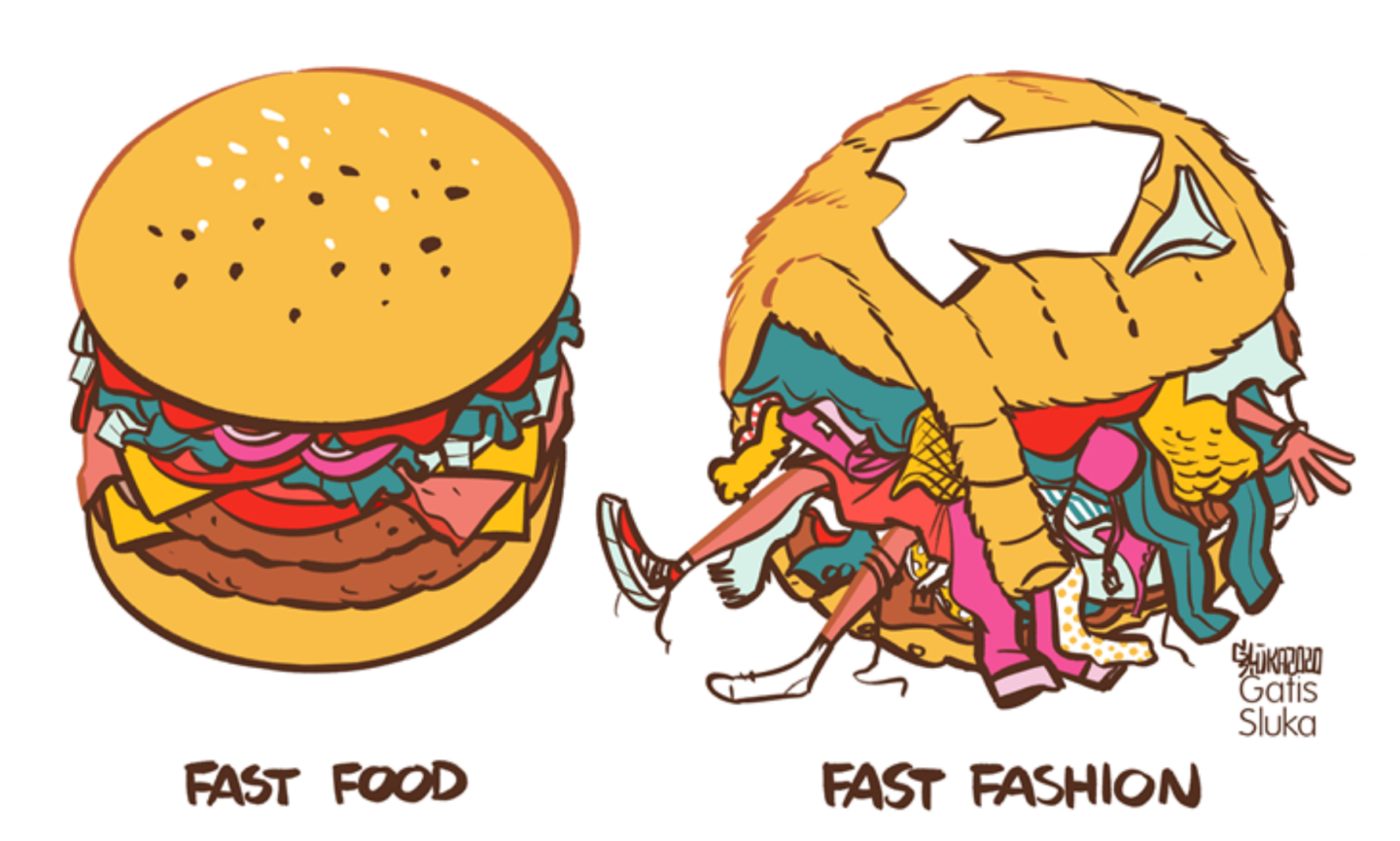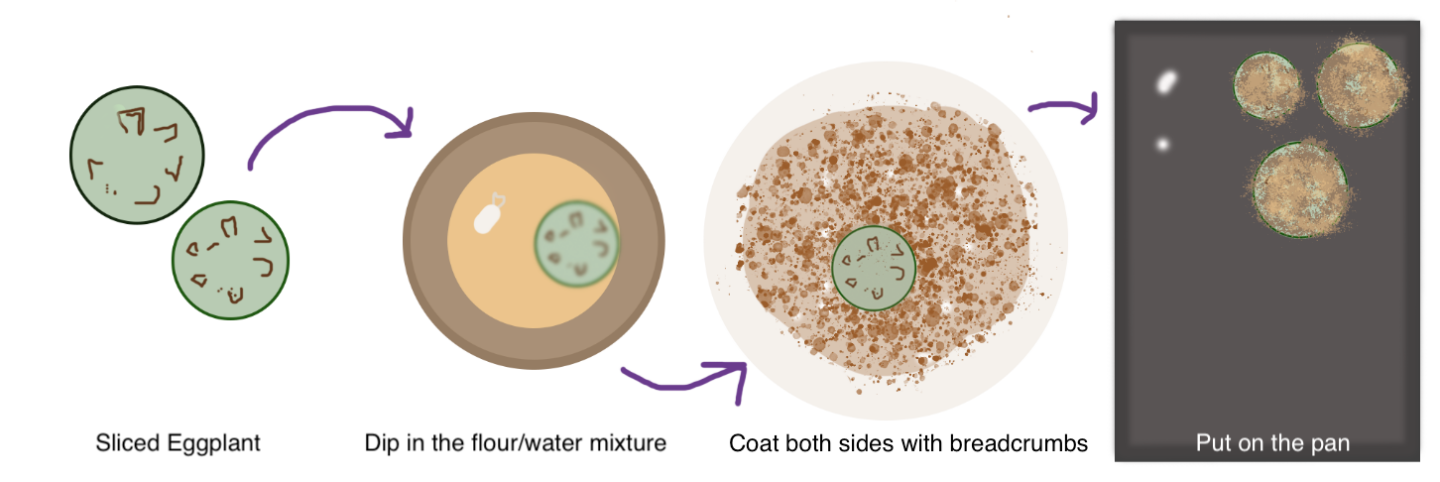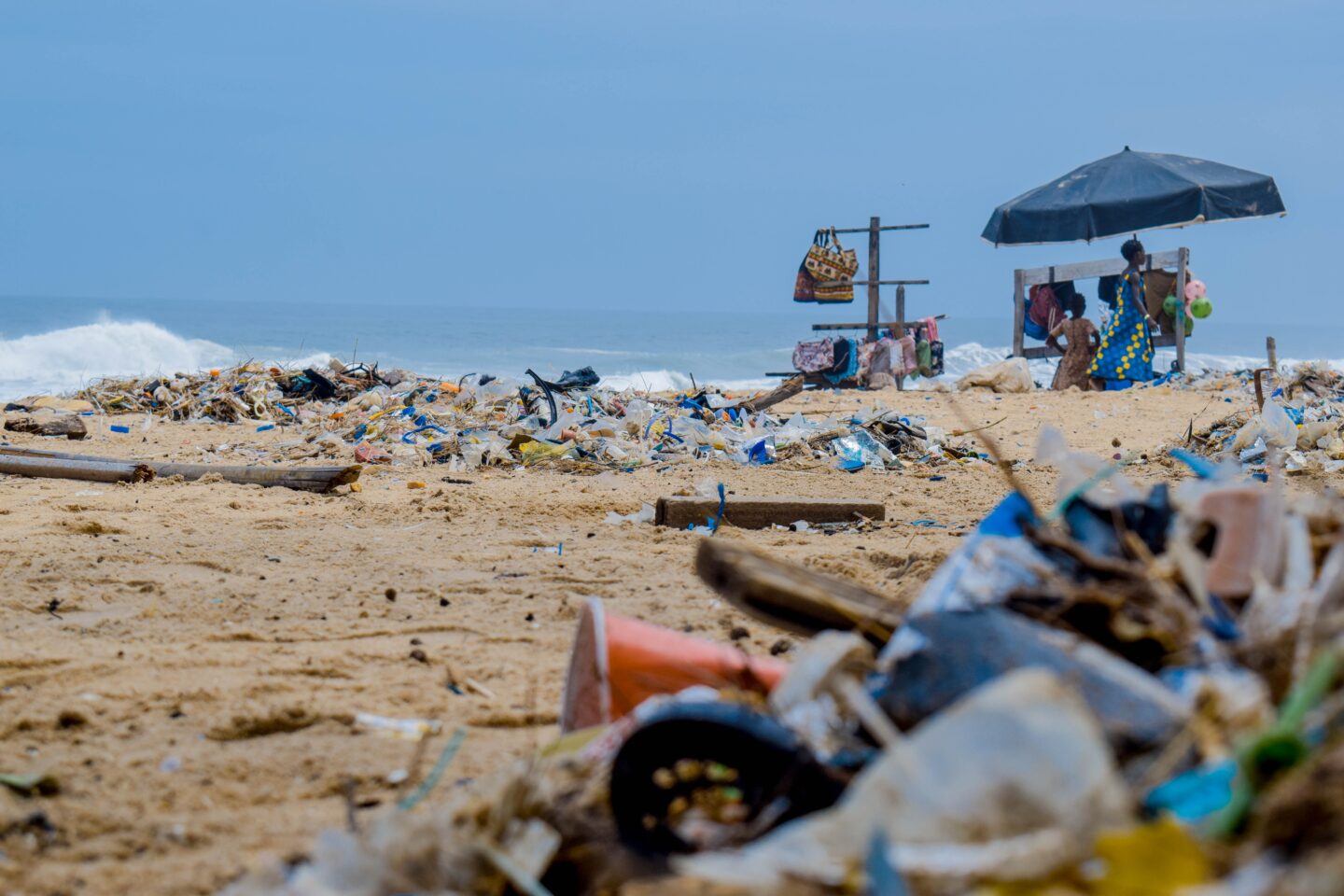Author: Eve Cooke ’22

What is fast fashion?
Fast fashion—like fast food—is cheap, easy to get your hands on, and not that good for you or the environment. Merriam-Webster defines fast fashion as “An approach to the design, creation, and marketing of clothing fashions that emphasizes making fashion trends quickly and cheaply available to consumers.” Fast fashion companies can sell their clothing at such a low price because the environment and the workers who make the clothes are absorbing the cost. To maximize profits, fast-fashion companies underpay and overwork their workers, cut corners on quality control and workplace safety, and produce environmental emissions that pollute our air, water, and land.
There are several organizations that are dedicated to reforming fast fashion companies and educating consumers, including the Ellen MacArthur Foundation and Fashion Revolution. As consumers and citizens of the world, we have the power to take action against fast fashion.
Here’s a list of some of the other hidden costs behind fast fashion, along with ways that you can take action to mitigate the damage caused by this industry:
- Human Rights Violations: In July, a coalition of over 180 human rights groups estimated that around 20% of the world’s cotton is produced in Xinjiang, China, where 1.8 million Uighurs are living in forced labor camps. “Virtually the entire apparel industry” is profiting from the cotton produced by these forced labor camps. From the Rana Factory Collapse to the Triangle Shirtwaist Fire, garment, textile, and farm workers throughout history have suffered inhumane working conditions in the name of costing costs on consumer goods.
What can we do?: Join the Fashion Revolution and support their campaign to pressure fast fashion companies to put an end to forced labor from their supply chains, pay their workers a living wage, provide safe working conditions, and to be transparent about who makes the clothes they sell.
- Environmental Pollution: The fashion industry uses massive quantities of clean water and occupies a great deal of arable land. For example, the production of just one cotton t-shirt requires 2,700 liters of water; that’s enough drinking water to sustain one person for 2.4 years.Overall, finishing textile items and dying fabric comprise the second biggest global source of water pollution after agriculture, and the fashion industry produces over 8% of greenhouse-gas emissions.
What can we do?: Remake, an organization dedicated to ending fast fashion, suggests that “[by] doubling the life of clothing from one to two years, we can help reduce emissions from clothing production and disposal by as much as 24%.” You can also try to only buy clothing that you need and that you will wear over and over again. If you have the resources, supporting ethical and sustainable brands and investing in durable pieces is a really great option, but making thoughtful and careful purchases is also an important way for anyone on any budget to shop more sustainably.
Remember to take care of the clothes you already have by repairing rips or missing buttons and altering or upcycling clothes you don’t wear anymore. If you want inspiration or information about repairing and upcycling clothes, check out Mend’s Instagram (@tigers_who_mend).
- Wasteful Disposal: The U.S. alone sends about 21 billion pounds of textile waste to landfills every year.
What can we do?: Try to buy second-hand clothing. If you are in Princeton, check out Greene Street or the Nearly New Shop. You can also buy and sell used clothing on various websites and apps such as eBay, Depop, Etsy, ThredUP, and Poshmark. Vintage clothing is also an affordable way to find high-quality and unique clothing on a budget. If you are cleaning out your wardrobe, try swapping clothes with your friends or selling your clothing online. That way your clothes will wind up with someone who will actually wear them!
Want to learn more about fast fashion? Join Princeton Mend and John-Hopkins University on November 13th to watch and discuss The True Cost!

Eve Cooke ‘22 is a Mend Leader and EcoRep for the Office of Sustainability

















